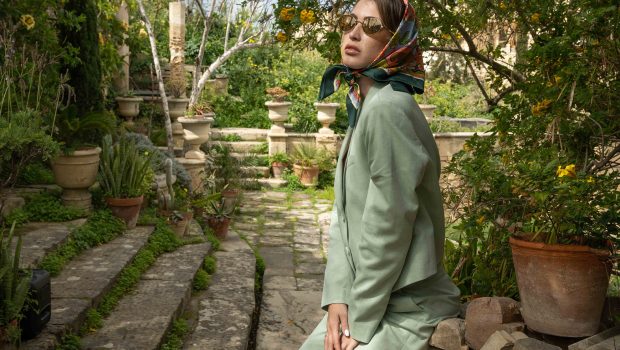Vincent Kraft – STREET
Vamp takes an exclusive first look at Vincent Kraft’s newly launched exhibition, STREET. We get some honest opinions on the photographer’s experience of city demolition and how he goes about creating a sense of solitude in his photographs.
Interview by Carla Grima
Vamp takes an exclusive first look at Vincent Kraft’s newly launched exhibition, STREET. We get some honest opinions on the photographer’s experience of city demolition and how he goes about creating a sense of solitude in his photographs.

How long did it take to build up your body of work for this exhibition? And what journey did it take you on?
The actual exhibition represents over ten years of intense photography on the street. I did over 200,000 km through more than 50 different countries, where I took a total of 50,000 pictures.
I believe that after such a long time on the road, and after so many different people, different stories and adventures, I went far beyond the simple act of just shooting but started creating an international street story.
I would say that the biggest journey was not necessarily a single trip or a country, but more the human aspect you find sometimes, behind a subject.

Travelling around the 12 countries that inspired your work, did you see much development between these vacant spaces you’ve been shooting? Have you seen a decrease in inspiring vacant spaces in Malta?
As someone loving street and URBEX (Urban Exploration) photography I would say that one of the main criteria is to be able to break into an abandoned place where there is still enough life to create a story, and more importantly to get inside before it gets destroyed and disappears from people’s memory.
Most big cities, especially in Europe, are demolishing and rebuilding quite a lot. I believe Malta is the perfect example where I have heard that 30% of the current houses are empty although they are continually building new spaces.
I would say that my role as a street photographer is to capture what used to be a part of people’s life at a precise time before it completely vanishes, in order to transmit the human story that was in an area at a particular time.

Your images have a deep sense of solitude and they are quite thought-provoking. What was your development process for creating this concept?
The feeling of the images was not something planned, it just came naturally. I come from the poorest suburb in France. When you are a kid here you spend your entire time in the street, from sunrise until it gets completely dark. There is not much to do, so most of the time you hang around with your friends and break into buildings, rooftops, abandoned houses. You see very raw things on the street when you are a young kid, and you grow up around tough, bad guys. I think this is how my eyes started to be trained.
The other element as to how I came up with this touch is because my mum used to show us lots of family photo albums and tell us stories about the people in it, as well as the places where the photos were taken. I believe this is a strong reason why my photographs always tell a story and are not just built for aesthetic purpose.

Could you give us a little insight into the process of your compositions? Are they captured in the moment or planned out?
The very few people who saw me shooting various underground streets/buildings will tell you that I never plan things, nor touch the elements in the shot, to create a composition that suits me. I shoot them “raw” as I see them, and based on the way things are being displayed I then choose a specific angle to shoot in order to tell a story. I also do not stay somewhere and wait for the perfect shot, I actively “hunt” for it.
I truly believe that by not touching any of the original components of the elements of a picture, and also following your instinct to find the perfect moment, the final artwork turns out more sincere.
To illustrate what I am saying, I think the photos NIRVANA and PUNCH LINE are good examples.








